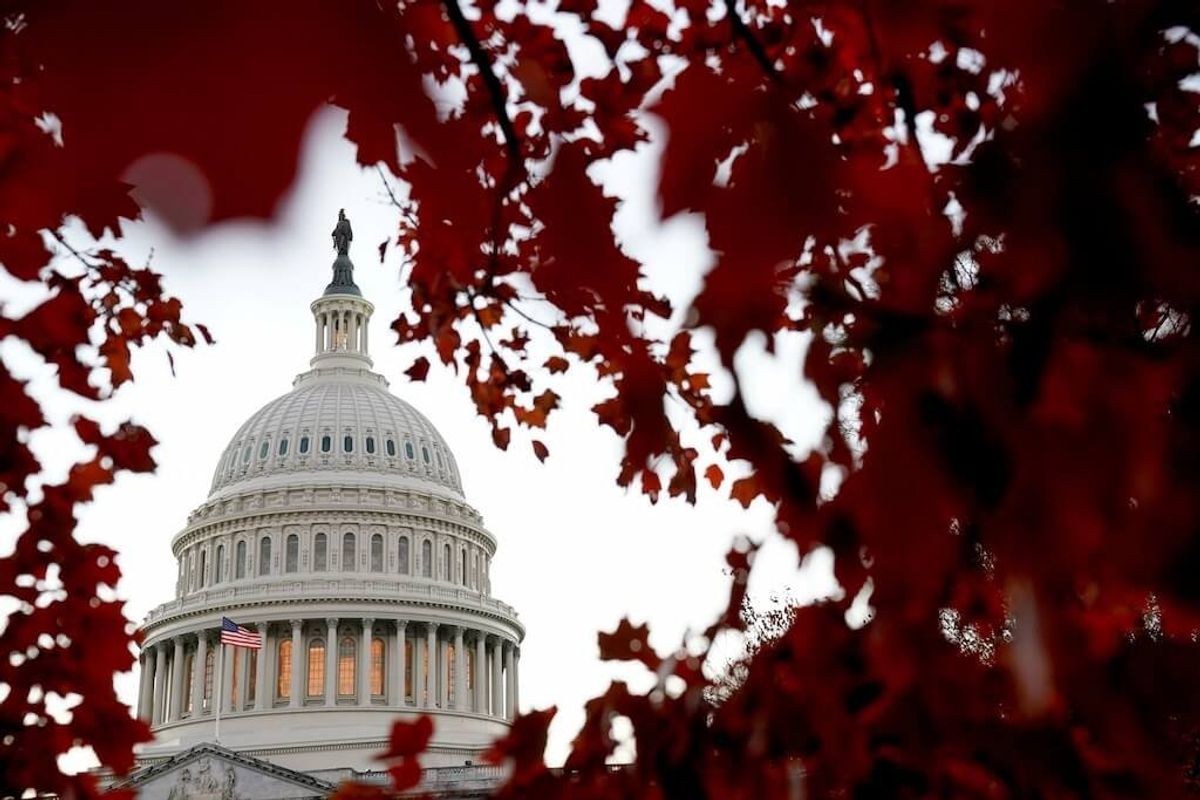
Republicans Secure Half of Total US Senate Seats
U.S. Republican Senator Dan Sullivan of Alaska won reelection Wednesday, assuring Republicans of at least 50 seats in the 100-member Senate for the next two years, while leaving control of the chamber uncertain until two runoff elections are held in Georgia in early January.
After slow vote-counting in the northwestern-most state of the U.S. after the November 3 election, news media concluded that Sullivan had an insurmountable lead over Al Gross, an orthopedic surgeon who ran as an independent candidate with Democratic support. The contest was called with Sullivan, a conservative, ahead by 20 percentage points.

With Republicans assured of at least half the Senate seats, attention now turns to the two January 5 runoff elections in the southern state of Georgia.
Two conservative Republican lawmakers — Senators David Perdue and Kelly Loeffler — now hold the two seats, but both failed in separate contests last week to win a majority, forcing them into the runoffs.
Perdue faces Democrat Jon Ossoff, an investigative journalist who narrowly lost a 2017 race for a seat in the House of Representatives before trying to oust Perdue from the Senate seat he has held since 2015.


Loeffler, who was appointed to her Senate seat in early 2020, is facing Raphael Warnock, a progressive Democrat who is senior pastor at Ebenezer Baptist Church in Atlanta.
Warnock led a multi-candidate field in last week’s voting, with Loeffler second, but he finished well short of the majority he needed to avoid a runoff. In their initial contest last week, Perdue narrowly led Ossoff, but a third candidate won enough votes to keep both Perdue and Ossoff from hitting 50%.


As it stands, Democrats will hold at least 48 seats in the Senate over the next two years, a net gain of one seat after losing one and gaining two in last week’s voting.
If Republicans retain either of the Georgia seats or both, they will hold a majority in the Senate for the next two years. But if Ossoff and Warnock were both to win, there would be a 50-50 split between Republicans and Democrats.
In the case of a tie vote in the Senate, the decisive vote is cast by the vice president, in this case Vice President-elect Kamala Harris. Democrats would thus be able to secure a majority on all the chamber’s committees that consider legislation and approve the president’s appointments to key government positions and judgeships on federal courts.
Such a legislative majority, if Democrats voted as a bloc, would give President-elect Joe Biden a chance to win approval for his legislative agenda on a host of issues.
But if Republicans retain control of the Senate, coupled with continued Democratic control of the House of Representatives that is already assured, the prospective Biden administration and fractious lawmakers likely would be forced into extensive negotiations over such contentious issues as taxes, immigration, health care and more.
Tags
America's Voice Newsvoa newsvoa news 2020real america's voicevoa news 11-13-20republicans take over half the senaterepublicans take half the senate Facebook Extends Ban on US Political Ads for Another MonthNext PostBiden Names Chief of Staff as Trump Seeks to Overturn Election Results
Facebook Extends Ban on US Political Ads for Another MonthNext PostBiden Names Chief of Staff as Trump Seeks to Overturn Election Results







